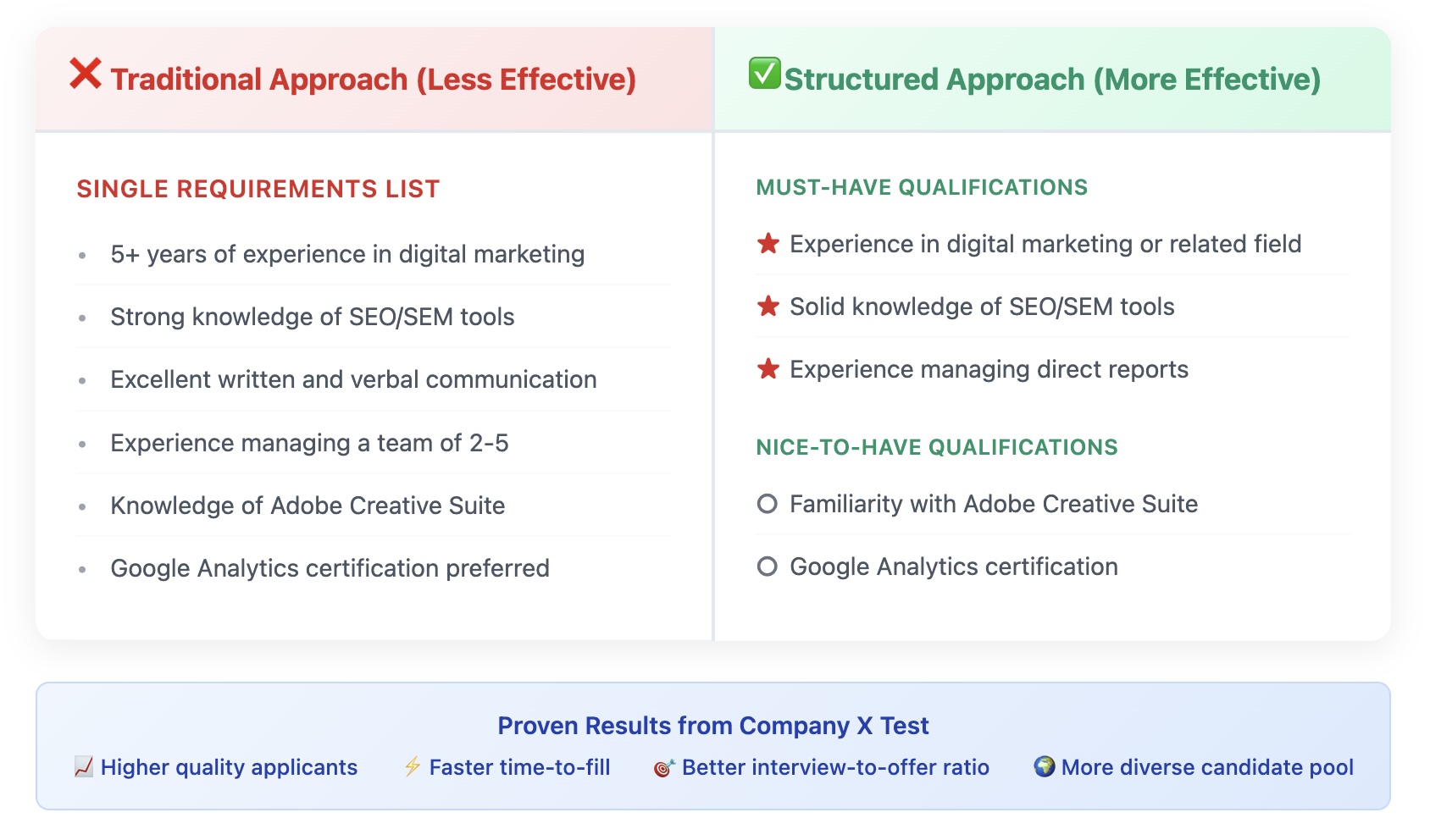This article was written by Tannon Turnmire, Human Resource Representative at Helpside.
Hiring employees who are not U.S. citizens or permanent residents often means navigating employment authorization documents, also known as EADs. It can feel overwhelming at first, but understanding the basics of EADs and automatic extensions will help you stay compliant and avoid disruptions in your workforce. This quick guide breaks down what you need to know, so you can confidently manage your I-9 forms and employee work eligibility.
What is an EAD?
An EAD (Employment Authorization Document) is a card issued by USCIS that shows someone is legally allowed to work in the U.S. for a certain amount of time. It’s also known as Form I-766. You don’t need an EAD if you’re a U.S. citizen or a permanent resident (Green Card holder). EADs are mainly for individuals on certain visa or immigration statuses.
Think of the EAD as a work permit. It proves a noncitizen has permission to work in the U.S. legally. Employees might need one depending on their visa type or immigration process. As an employer, it’s your responsibility to check and document this when completing Form I-9.
What Documents Count as Proof of a Valid EAD (Even If It’s Expired)?
If the employee filed Form I-765, Application for Employment Authorization, to renew their expiring Employment Authorization Document (EAD), they may qualify for an up to 540-day automatic extension of the expiration date printed on their EAD while their application is pending.
They may qualify for this automatic extension if they provide:
- A Form I-797C (receipt notice) that shows they filed a Form I-765 renewal on time
- (If required) an unexpired Form I-94 for certain categories like A17, A18, or C26
This is called an automatic extension, and it can last up to 540 days after the EAD expiration.
What If the EAD Is Expired and There’s No Valid Receipt?
If the person:
- Didn’t file their renewal on time
- Can’t provide a valid Form I-797C
- Or is in a category that doesn’t qualify for automatic extension…
Then they are not authorized to work and must not be allowed to continue working until new documents are provided.
This is where things can get tricky. If there’s no valid receipt or the employee doesn’t fall under a qualifying category, you cannot keep them on payroll. It’s important to pause employment until they provide updated proof of work authorization.
What Should Employers Do When an EAD Expires?
If the employee qualifies for an extension, the employer should:
- Accept the expired EAD + receipt (and I-94 if required)
- Update Section 3 of Form I-9 (Supplement B): Rehire/Reverification
- Track the automatic extension end date (up to 540 days)
If they don’t qualify:
- The employer must end employment of the employee until valid authorization is shown
It’s not enough to just review the documents. You must also update Form I-9 properly and note when the automatic extension ends. Set reminders well in advance so you can follow up with the employee before their new work authorization deadline.
Special Note on TPS and Parole-Based EADs
Some people (like TPS holders or those in the CHNV parole programs) may have EADs automatically extended based on:
- A Federal Register Notice
- An individual USCIS notice
You can look up country-specific info here: USCIS TPS Page
If DHS revokes their EAD, use the E-Verify Status Change Report and reverify using Form I-9 Supplement B.
Final Takeaways for Employers
- Check each EAD category code and receipt date against USCIS eligibility rules
- Use USCIS’s calculator tool to determine the exact extension period
- Monitor E-Verify reports regularly to catch DHS-revoked EADs
- Document every update carefully in Form I-9 to stay audit-ready
Staying compliant with EAD rules doesn’t have to be a headache. A little attention to detail — and keeping up with USCIS updates — goes a long way. When in doubt, review the latest guidance or consult legal counsel to ensure your hiring practices stay above board.











